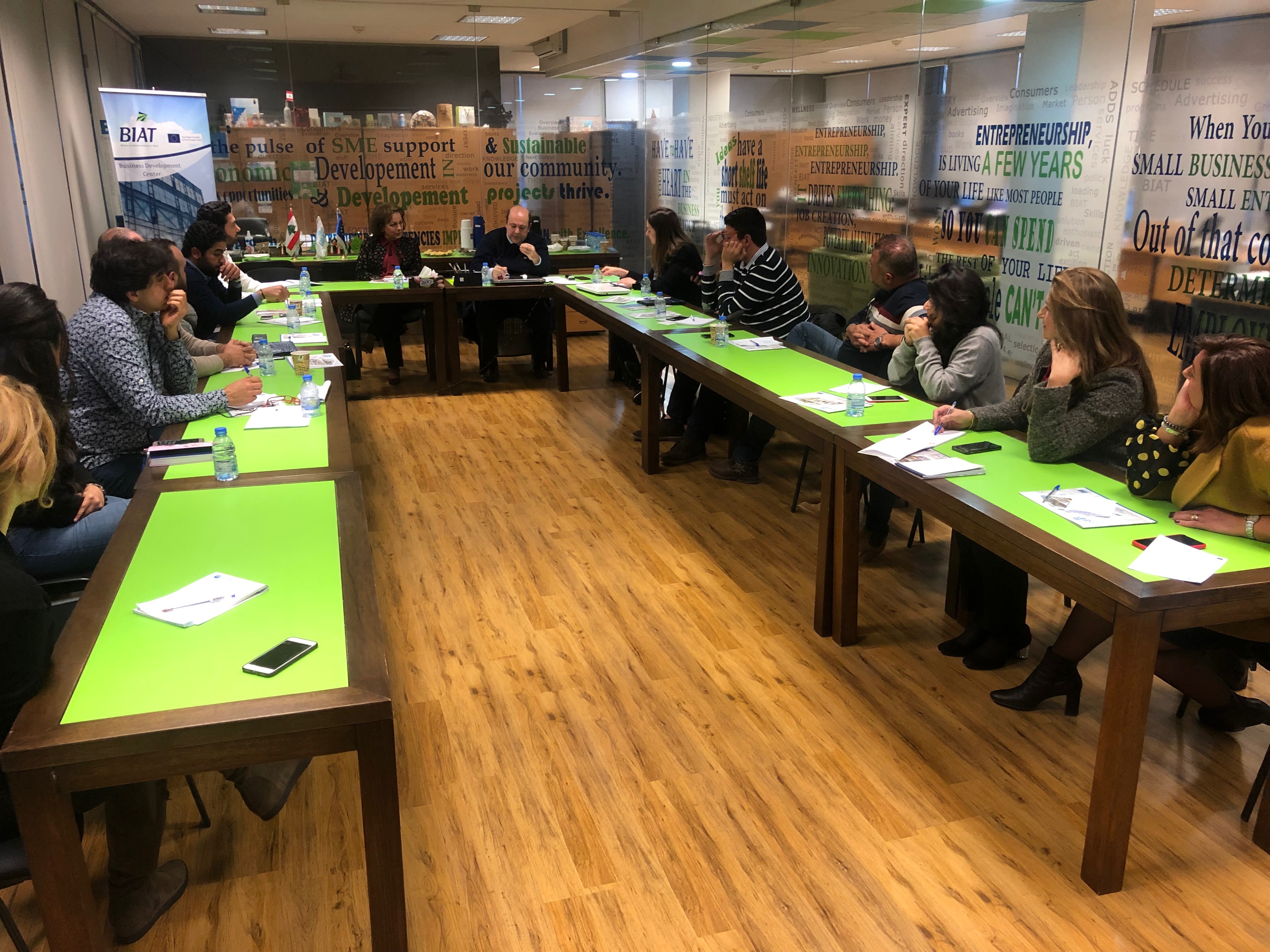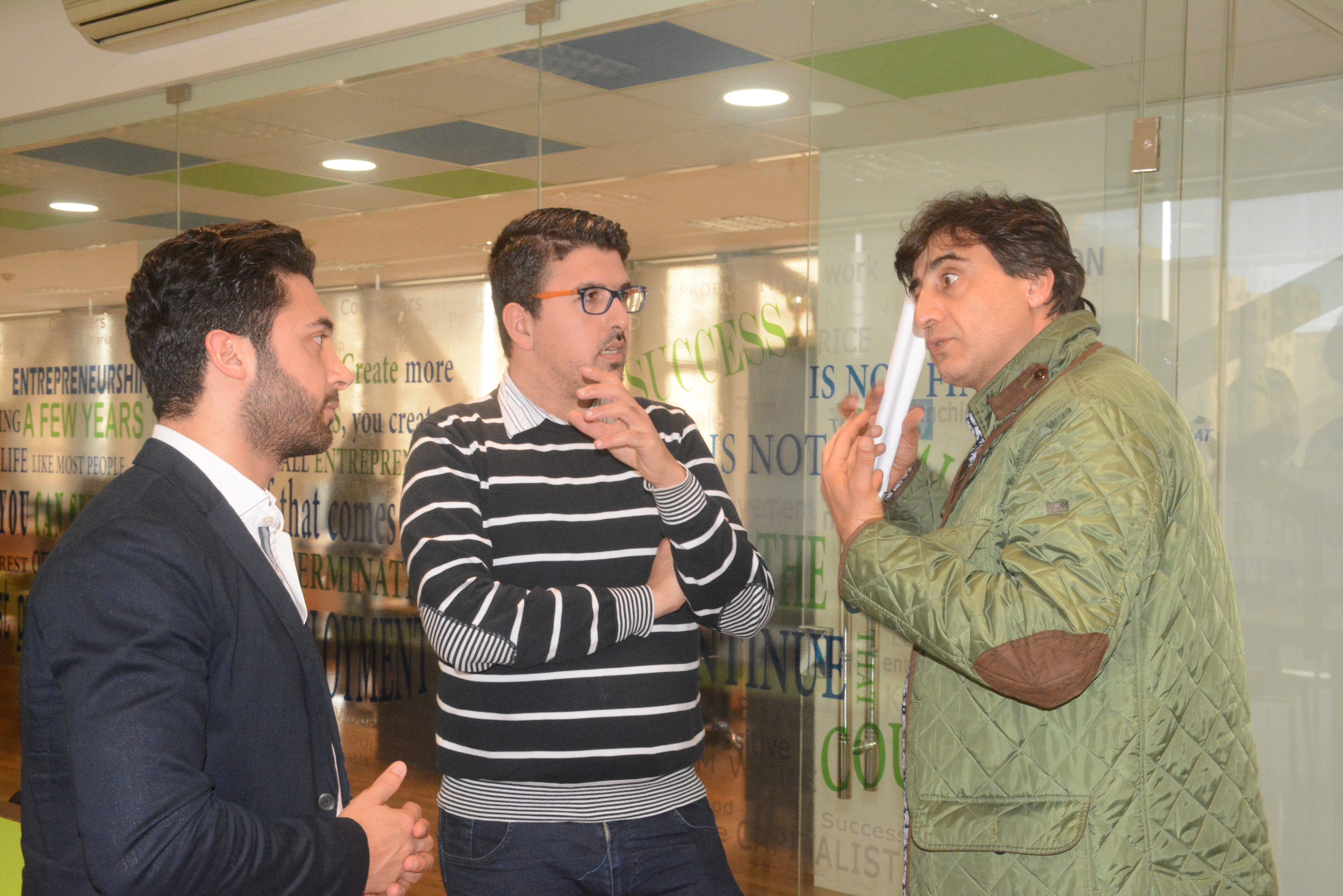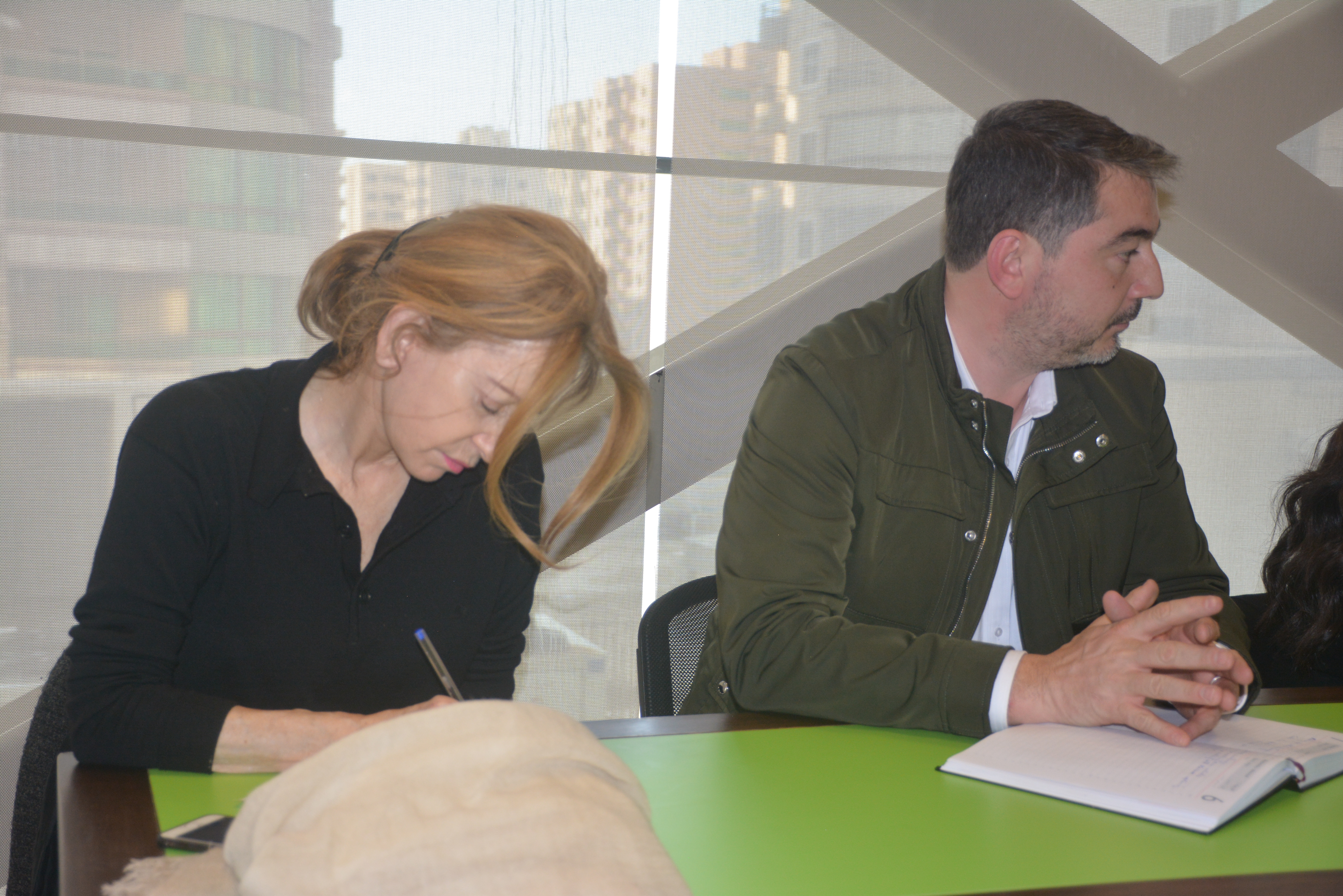Tripoli cultural heritage- تراث طرابلس الثقافي
A glimpse on the furniture timeline in Tripoli - Brainstorming session
في يوم الخميس الموافق 7 مارس ، كان BIAT مسرور لاستقبال عدد قليل من أعرق أطباء الأنثروبولوجيا والتاريخ في الجامعة اللبنانية وشخصيات رئيسية في قطاع الأثاث الشمالي وشركاء آخرين مثل TEREA و MARKITS. كانت الجلسة التي عقدت "جلسة عصف ذهني" لاستكشاف التراث الثقافي لطرابلس. كان هدف BIAT هو إيجاد أفكار جديدة من أجل تحديث مجموعة الأثاث المستوحاة من تراث طرابلس دون نسخ التراث القديم بدقة.
في الواقع ، فيما يلي المدخلات الرئيسية التي يجب تذكرها:
-Tripoli شهد وجود عدد لا يحصى من المستعمرات على مر السنين. بدءا من الفينيقيين والصليبيين ثم العباسي والمملوكي وينتهي به العثمانيون مضيفا إليها لمسة من بلاد الشام والإمبراطورية الفرنسية والعصر الفيكتوري. وبالتالي ، نحن "بوتقة انصهار" تجمع قليلاً من كل منها بدون هوية عرقية واحدة.
- لا يوجد رمز فريد يشير إلى تراث مدينة طرابلس (الأدوات والتصاميم والمواد ، وما إلى ذلك)
- ومع ذلك ، هناك بعض العناصر التي يمكننا اعتبارها جزءًا من تراث طرابلس مثل الزجاج والنحاس والحرير والخشب والقش.
- الأثاث في كل منزل ، في الماضي ، يستخدم للإشارة إلى الطبقة الاجتماعية والاقتصادية للعائلات في المدينة. ومع ذلك ، مع العولمة ، تحول عالم الأثاث الحرفي إلى عالم صناعي ، حيث يمثل الوقت والتكلفة عوامل أساسية.
من المقرر عقد "جلسة عصف ذهني" أخرى اليوم ، الأربعاء ، 20 مارس من أجل البناء على ما تمت مناقشته بالفعل والحصول على مواد ملموسة.
ابحث فوق عرض PowerPoint التقديمي الذي يلخص المقابلة التي أجريت مع الدكتورة مها كيال قبل أسابيع قليلة. يتماشى هذا العرض التقديمي مع جلسات العصف الذهني.
On Thursday, March 7th, BIAT was pleased to receive few of the most prestigious anthropology and history Lebanese University doctors, key figures in the Northern furniture sector and other partners such as TEREA and MARKITS. The session held was a "brainstorming session" exploring the cultural heritage of Tripoli. BIAT' s aim was to find new ideas in order to upgrade the furniture cluster inspired by Tripoli legacy without strictly copying the old heritage.
As a matter of fact, here are the main inputs to remember:
-Tripoli witnessed the presence of a myriad of colonies over the years; Starting with the Phoenicians, the crusaders then the Abbasid, the Mamluk and ending it with the Ottomans Adding to it a touch from Bilad Al Sham, the French Empire and the Victorian Era. Thus, we are a “melting-pot” combining a bit from each with no single ethnic identity.
- There is no unique symbol indicating the heritage of Tripoli City ( tools, designs, materials, etc. )
- However, there are few items we can consider part of Tripoli heritage such as glass, copper, silk, wood and hay.
-The furniture in each house, in past time, used to indicate the socio-economic class of the families in the city. Yet, with globalization, the artisanal world of furniture was transformed into an industrial world, where time and cost are key factors.
Another "brainstorming session" is scheduled for today, Wednesday, March 20th in order to build on what was already discussed and to have concrete material.
Find above the PowerPoint presentation summarizing the interview done with Dr. Maha Kayyal few weeks ago. This presentation goes in parallel with the brainstorming sessions.
On Thursday, March 7th, BIAT was pleased to receive few of the most prestigious anthropology and history Lebanese University doctors, key figures in the Northern furniture sector and other partners such as TEREA and MARKITS. The session held was a "brainstorming session" exploring the cultural heritage of Tripoli. BIAT' s aim was to find new ideas in order to upgrade the furniture cluster inspired by Tripoli legacy without strictly copying thezdfsf old heritage.















